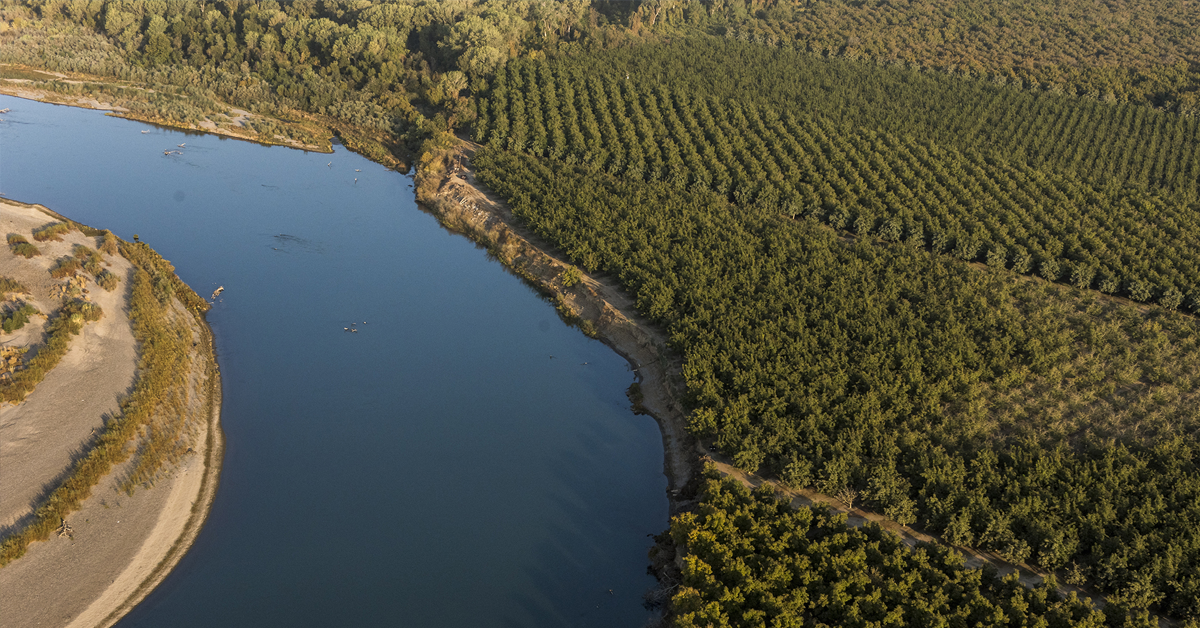California, Arizona, and Nevada have proposed a plan to significantly reduce their water use from the drought-stricken Colorado River over the next three years.
The plan would conserve an additional 3 million acre-feet of water through 2026, when current guidelines for how the river is shared expire. About half the cuts would come by the end of 2024.
The big picture: The 1,450-mile river provides water to 40 million people in seven states in the U.S. West, parts of Mexico, and more than two dozen Native American tribes. It’s responsible for producing hydropower and supplying water to farms that grow most of the nation’s winter vegetables.
Why it Matters: In exchange for temporarily using less water, cities, irrigation districts and Native American tribes in the three states will receive federal funding, though officials did not say how much money they expected to receive. Though adoption of the plan isn’t certain, U.S. Bureau of Reclamation Commissioner Camille Touton called it an “important step forward.”
- Under the new proposal, California would give up about 1.6 million acre-feet of water through 2026 — a little more than half of the total. That’s roughly the same amount the state first offered six months ago. It wasn’t clear why the other states agreed to a deal now when California didn’t offer further cuts. Leaders in Arizona and Nevada didn’t immediately say how they’d divide the other 1.4 million acre-feet.
- The Colorado River has been in crisis for years due to a multi-decade drought in the West intensified by climate change, rising demand, and overuse. Those pressures have sent water levels at key reservoirs along the river to unprecedented lows, though they have rebounded somewhat thanks to heavy precipitation and deep snowpack this winter.
What they’re saying: Tom Buschatzke, director of the Arizona Department of Water Resources, stressed that the announcement is not a final deal. “We agreed to a proposal. This is not an agreement,” Buschatzke said during a conference call with reporters. “This is critical to the understanding of what we’ve done here.”
- Michael Cohen, a senior researcher at the Pacific Institute focused on the Colorado River, said the river’s hydrology has improved a bit since last summer. He called the amount of cuts the three states have proposed a “huge, huge lift” and a significant step forward. “It does buy us a little additional time,” he said. But if more dry years are ahead, “this agreement will not solve that problem.”
- Overall, the proposed plan is a significant step forward in drawn-out and difficult negotiations between the three states. If adopted, it would conserve an additional 3 million acre-feet of water through 2026, when current guidelines for how the river is shared expire.
- Though adoption of the plan isn’t certain, U.S. Bureau of Reclamation Commissioner Camille Touton called it an “important step forward.” The Colorado River has been in crisis for years due to a multi-decade drought in the West intensified by climate change, rising demand and overuse.











